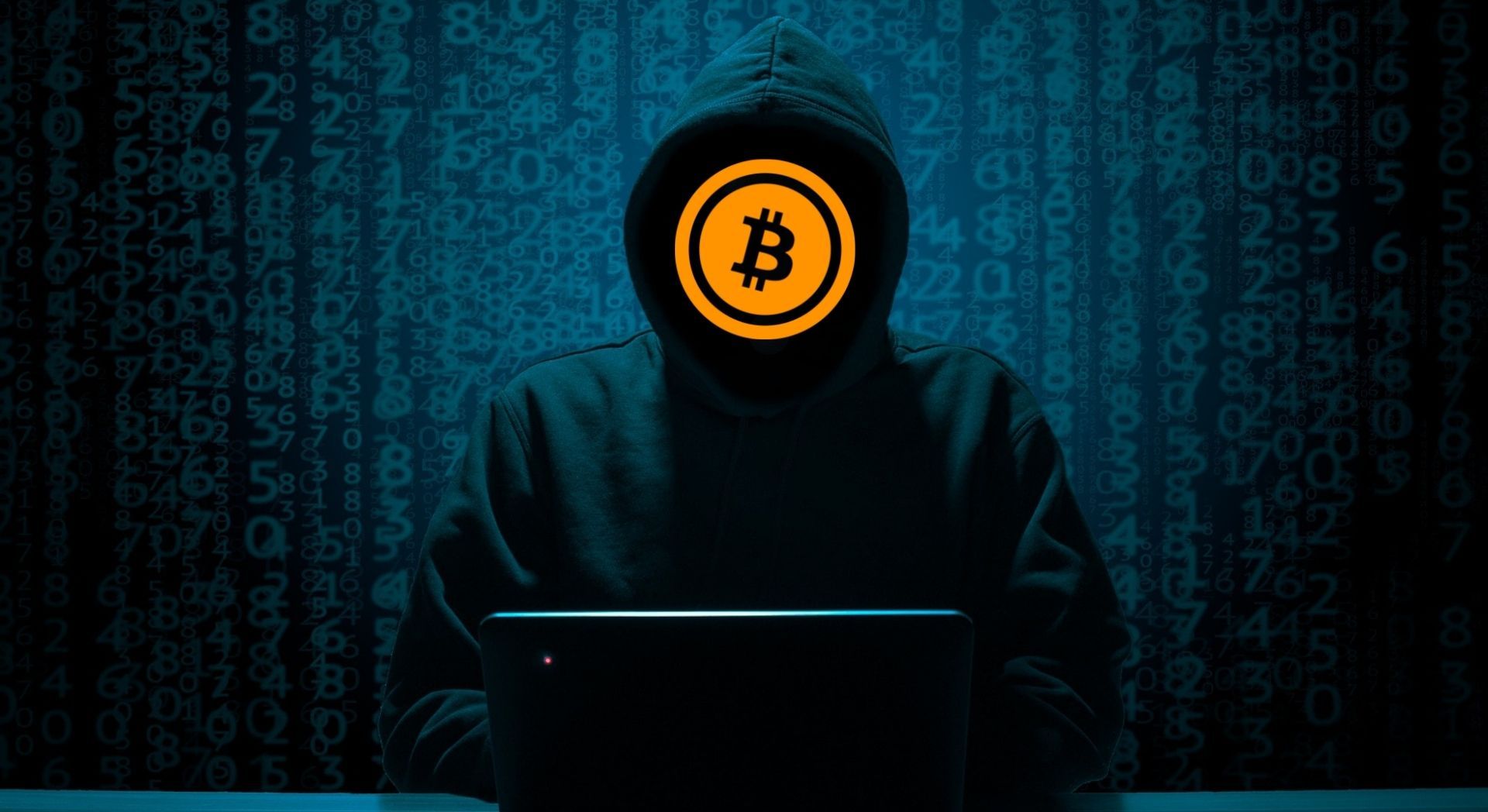Before you invest in crypto or even dabble in it, it’s important to understand the types of threats it can face. While blockchains are incredibly secure, they still have their fair share of weak points. There is little regulation in the technology, and rewards for hackers can be vast, with direct access to large amounts of money on offer.
One way that bad actors can threaten crypto and blockchain is with a 51% attack.
Why Are Blockchains Vulnerable to Attacks?
Decentralization is a core feature of a blockchain. Instead of a single person or party owning and controlling them, any given blockchain belongs partially to all its users.
This is key to maintaining democracy in blockchain governance. Code updates describe changes to the blockchain but these are only enforced once the blockchain’s nodes vote to accept them.
The decentralization is also what makes blockchains trustworthy. Using Proof-of-Work (PoW), blockchains like Bitcoin enable miners to validate transactions. Network nodes agree that a transaction is genuine by comparing their various copies of the blockchain record.
By this rule, the more parts of a blockchain a single person or entity owns, the more control they have over how its future and how it’s governed.
What Is a 51% Attack?
A 51% attack, sometimes referred to as a majority attack, is when an individual or group gain control of over 50% of a blockchain. Such a group can approve changes to the blockchain unilaterally, without buy-in from the wider community.
This can have catastrophic effects on the blockchain as malicious agents can even rewrite parts of the blockchain’s record. By reversing past transactions, they can falsify their acquisition of funds, leading to double-spending.
They could also block incoming and outgoing transactions as they please.
It’s important to note that, unlike other types of cyberattacks, 51% attacks can be very costly. This is especially true for those attacking a large, well-established blockchain network. They need huge amounts of computing power, hardware, and electricity, just to attempt the attack.
What Is the Likelihood of a 51% Attack?
From an outside perspective, acquiring 51% of any given blockchain might seem easy, leading to a high risk in using cryptocurrency. But blockchains don’t operate like companies on the stock market. A single person can’t just pay their way into gaining control of 51% of a blockchain. It’s mostly by chance.
In this scenario, safety is in numbers. Blockchain networks grow and generate new mining nodes. This increases in the number of participants of a blockchain network.
And the size of a network limits the amount of damage an attacker can do, even if they do manage to gain a majority share of it. Nodes can only alter a block in the blockchain if all subsequently confirmed blocks are also changed. The bigger the network, the harder this is to achieve.
As an individual investor, you can significantly lower your risk of a 51% attack. Only deal with well-established cryptocurrencies, with massive blockchain networks. These tend to have more secure blockchains and validation methods.
Examples of 51% Attacks
Just because 51% attacks are getting harder doesn’t mean they’re going away. In May of 2018, Bitcoin Gold, a hard fork of Bitcoin, was 51% attacked and lost more than $18 million. Bitcoin.com reported on another 51% attack in early 2020 that cost $70,000 of double spending in two days.
CoinDesk explains how, in 2019, Ethereum Classic suffered from three consecutive 51% attacks. These attacks resulted in crypto exchange platforms having to halt all of that currency’s transactions.
It’s Not the Only Threat
51% attacks are one of the biggest threats to blockchain and crypto in terms of their potential impact. But as an individual, you’re more likely to suffer the consequences of a smaller, more targeted attack or scam.

.jpg)
.jpg)
